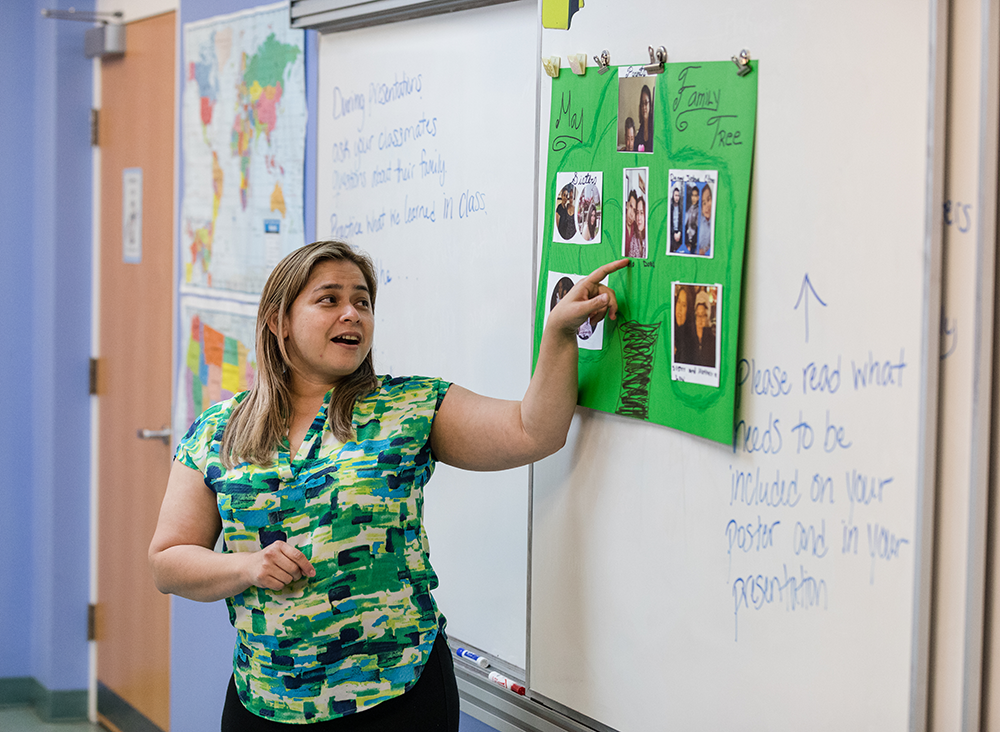-
Program
Administrator
ToolkitA Guide to Implementing and Managing Community-Based Adult ESOL Classes and Programs
-
You are here
Chapter 10: Deciding on Levels and Objectives for Levels (Content Standards)
Ensuring Student Success- Chapter 10
Deciding on Levels and Objectives for Levels (Content Standards)
♦ NOTES FROM THE FIELD
Cecilia Rojas, Language Outreach Program Director for Community Reach, on their recent program review to align the curriculum with the targeted class levels and the skills the learners wished to master

Cecilia Rojas, Language Outreach Program Director for Community Reach, on their recent program review to align the curriculum with the targeted class levels and the skills the learners wished to master: “In 2018 the Language Outreach Program (LOP) formed a workgroup to review the current curriculum and course objectives for each of the levels offered in the program. The workgroup was comprised of new and returning teachers, students, and LOP administrative staff. Revisions were made to all the course objectives with particular emphasis in the development of new assessments for the speaking and listening areas.
Based on the written and oral feedback we received from our student, teacher, and LOP staff evaluations, we felt that a comprehensive and in-depth review of our curriculum documents, assessments, and resources was warranted to ensure that everything meets the standards and expectations of MCAEL; that required curriculum components are all present and complete; and finally that the curriculum is appropriate for the targeted level of the language learners.
"Families felt frustrated when unable to participate in their children’s parent teacher conferences."
LOP is student-focused and we wanted to ensure our curriculum is not only following best practices in the field, but that it also squarely meets the needs and interests of our students. The vast majority of students expressed interest in improving their ability to speak English (communicate) for work, at the doctor’s office, at school, and at other places they visit with family. Teachers expressed the need to improve the program’s assessments to engage students in their own learning and progression through the course materials. LOP staff noted the frustration many of the families felt when they are unable to fill out forms, fully participate in their children’s parent teacher conferences, or are unable to speak with their supervisors at work. Since its beginning, LOP has been responsive to the needs of the community it serves and that was the driving force in reviewing the curriculum and making the appropriate needed improvements.”

